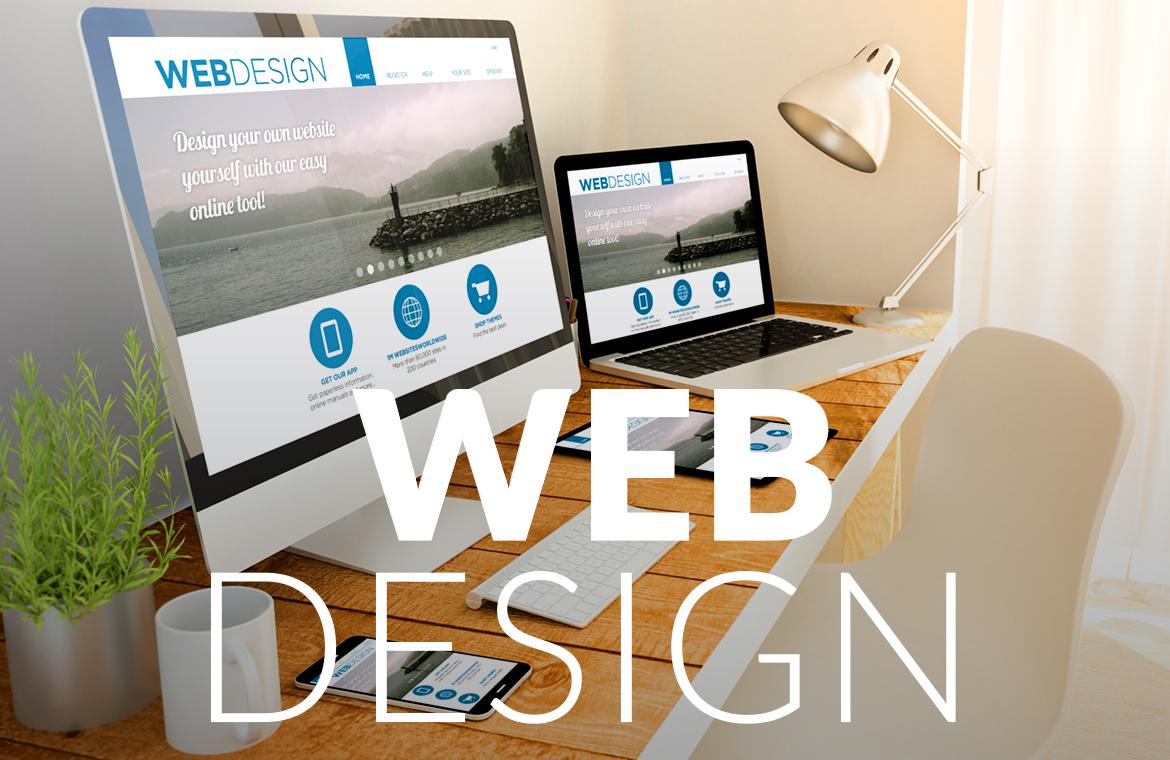Mastering some codes, programming languages, or graphic software alone is not all you need to design a website for your business that works. There is a lot more to web designing than mere coding and developing. It involves some research, designing a layout that suits your business, and creating a site that offers smooth usability, flexibility, and interactivity with the visitors.
Unfortunately, there are many web designers out there, who lack quite a bit in the business acumen and aesthetic sense, and they often end up coming up with websites that do more harm to your business credibility, than good. Majority of the developers or designers pay no attention to the larger scope of the website, and simply go with the first design that comes to their mind. This practice cannot be termed as “professional web designing”.

Business website design tips
If being a reputed web designer is your goal, there are crucial mistakes that you must avoid; following you will find the five most common mistakes (along with the solutions).
1). Cramming up the Information
Mistake: Filling the website with excessive information and details, especially the homepage with textual or graphical information, and excessive links. Result: Visitors getting irritated with the overdose and leaving immediately!
Solution: If you really see a need of giving a lot of information about your business, instead of cramming the site with all of this information, you can keep a separate downloadable file that contains all important information that the visitors can download. Remember the website is just a brochure, a flyer in digital form. Majority of the visitors would never spend more than 2 minutes in scanning your site and giving them excessive information, in a bid to impress, will actually irk the visitors.
Also see : Why Web Design Matters More Than You May Realize
2). Colors and Graphics
Mistake: Using the wrong colors or contrasts that doesn’t sync with your brand, just because it looks cool. For example, using a dark background even if it affects the readability of the site, and does a pretty good job in driving readers away! Same goes for fonts and graphics, never use capitalized or huge fonts for your website.
Solution: While designing a website, your first priority should be the convenience of a user. Put yourself in the shoes of your visitors, what would your expectations be, what would make you approve/disapprove the website? What colors would make your eyes squint and what would give a good reading experience? It wouldn’t be hard to come up with interesting mix of colors without going overbroad.
3). Nested Navigation
Mistake: Giving too many links on all pages, including header, footer, side bar, and especially within the content.
Solution: Keep the visitors in mind, they are coming to your website for some specific information, doesn’t matter if they are coming from a search engine or by clicking on your link. You must design your website in a way that it gives the desired information without making them click on a dozen links. Too many links are not good in any case, as they can distract the visitors. A basic website needs to have six compact pages of information, including the Home Page, Services, Products, Portfolio/Samples, about us, Contact us, and that’s about as much information as a regular user would want from a business website.
4). No Call to Action
Mistake: Failing to place a call to action, or placing it somewhere in the end that is not even visible above the fold, on your landing page.
Solution: Your advertisement rocks, services rock, and you give users all the information (even more) than they need at your website. Everything falls in place and they’re convinced, what’s next? Consider the content on your home/landing page as a sales pitch, what good is a sales pitch without a call to action?
5). Unnecessary and Complicated Registration Forms
Mistake: Forcing a user who wants to attain your services to fill in a complicated registration just for the heck of it. This is a huge “Put Off” for any visitor, and at times, does more harm than good.
Solution: Of course, a registered user is better than a random one, but you should never force it, or make it necessary to access the required information on your business website. You don’t need to store each and every visitor’s information; you will get the required information when somebody contacts you. However, when a retail store asks the visitor to gets registered just to access the catalog, it spoils the purpose of having a website.
Do check : Web Designers vs Web Developers [Infographic]
Remember, web surfers have been spoiled by so many options these days, and the aesthetics and usability plays a much more important role than the early days of web.

Delhi Courses Academy is a leading institute offering the best digital marketing course in Delhi, known for its practical training, affordable fees, and industry-focused curriculum. With 15+ certifications, 100% placement assistance, and hands-on projects, it prepares students for real-world challenges.

